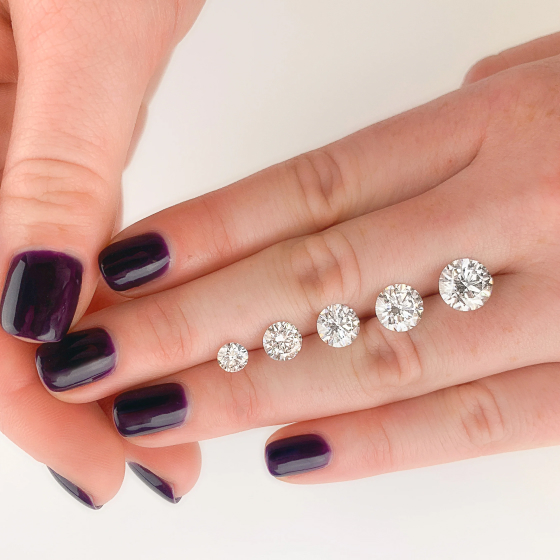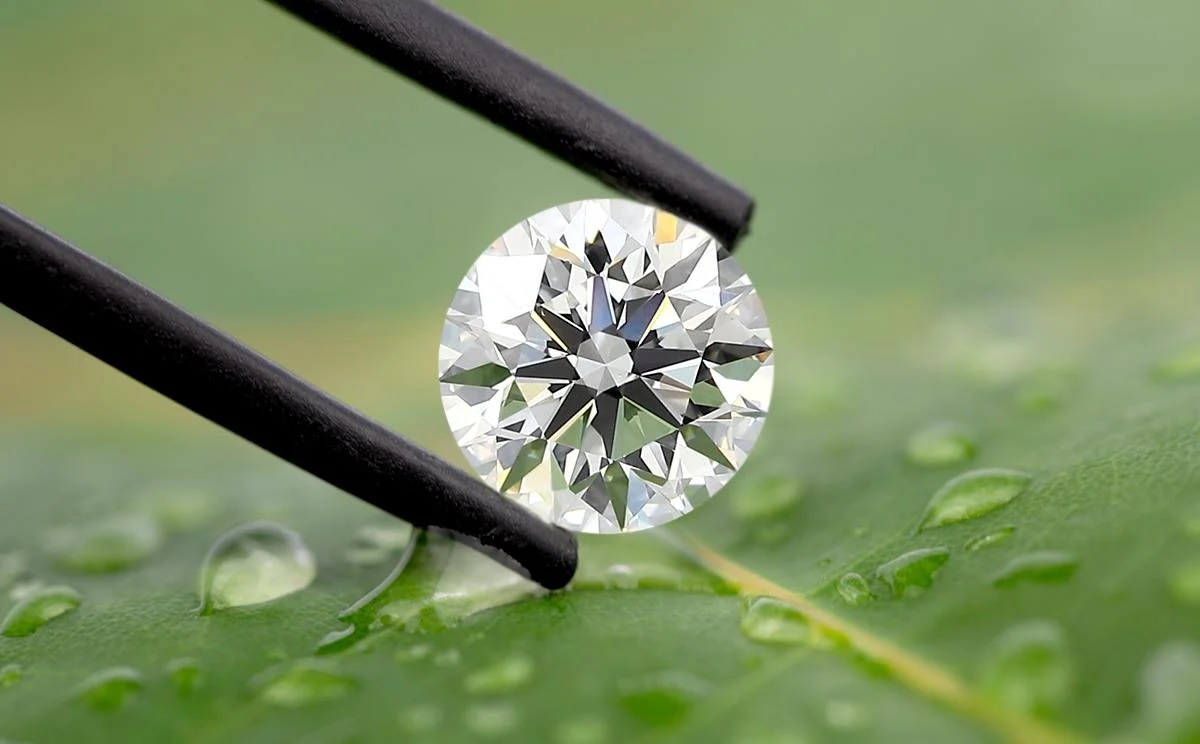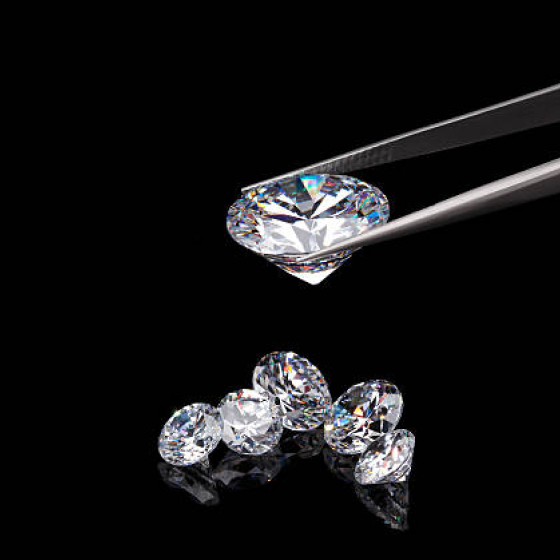Shape
The contour of the diamond as seen while looking at it from the top down is referred to as the diamond shape. 'Fancy shapes' include the following: round, oval, princess, emerald, cushion, heart, marquise, asscher, pear, trapeze, and baguette.
-
Round brilliant
-
Princess
-
Cushion
-
Oval
-
Pear
-
Marquise
-
Emerald
-
Asscher
-
Trilliant
-
Heart
-
Radiant








